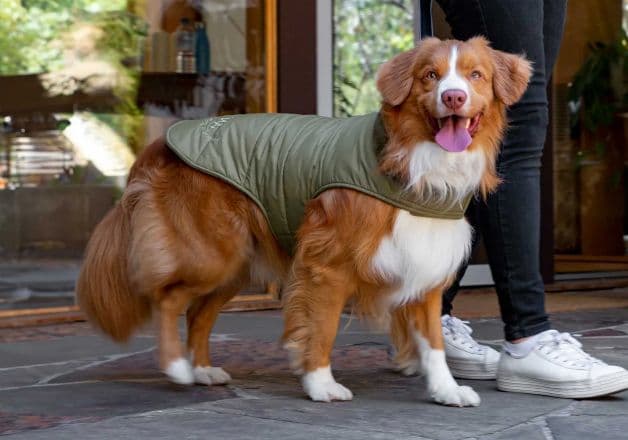
Does Your Horse Destroy Their Horse Rug? What Can You Do?
One thing is certain – at some stage your horse will tear or destroy his horse rug. Either from abuse or just from the rug coming to the end of its usable life.
Horse rugs don’t have timers – a horse will just as easily destroy a horse rug on day one as he can after 12 months of use. In fact, most horse rug accidents happen in the first days of use – from incorrect fit or from not using leg straps or surcingles correctly.
So here's a guide to choosing and maintaining a horse rug to get the longest life from it.
Treat it as an investment
Unfortunately, at the bottom end of the market you do get what you pay for. There is not a lot of mark-up in horse rugs and if you see a ripstop paddock neck combo selling for under $65, they simply can’t be produced without sacrificing something, usually the fabric, followed by cheap fittings, polyester bindings and thin strapping.
Once you move away from bargain-basement priced rugs, price is not always a good indication of quality. There may not be a great deal of difference in quality between a well-priced horse rug and another retailing at twice the price under a major brand name.
A good analogy that we use, is that owners won’t think twice about paying $60-$80 for a shirt or top, but expect they can find a good horse rug for half that. A horse rug has 15 times more fabric, and significantly more hardware and fittings – not to mention the labour involved in production and transport.
Look for high quality rugs
Start off by ensuring you have a good quality rug to begin with. No amount of care will keep a horse in a flimsy rug.
- Fabric quality: Ensure the rug uses full-weight fabrics produced with high-quality yarn, woven and tensioned on modern looms. (General paddock ripstop fabrics can vary in weight from 200 GSM to 330 GSM. Mesh fabrics can vary from 150 GSM to 500 GSM.)
- Weave style: Look for diamond weave fabrics, which perform better than square weave. Check the grain and height of mesh weaves.
- Fittings: Use good-quality buckles and leg strap snap hooks. Taiwanese fittings last longer than Indian cast fittings. Stamped sheet buckles are the most durable.
- Reinforced areas: Ensure chest and leg strap fittings are sewn onto reinforced polypropylene webbing to spread forces over a larger area.
- Bar Tack stitching: This reinforces fittings and stress points like gussets and tail flap attachments.
- Rug edges: Ensure all edges are bound with high-quality polypropylene binding and double stitched.
- Coverage: Avoid rugs with short drops or small tail flaps, as these offer less protection.
- Seam quality: Look for strong rolled seams rather than traditional overlocked seams.
- Design features: Shoulder gussets, belly surcingles, and contoured backlines improve fit and keep the rug in place.
Buy the correct size horse rug
Ensure you buy the correct size horse rug for your horse. Most problems with damaged rugs occur because the rug is the wrong size – usually too big. Oversized rugs rub shoulders and chests, move around more, and wear out faster.
Belly surcingles help keep a rug in place and significantly extend its life. While they add cost, they are well worth the investment. See our rug size guide here.
How can I ensure my horse rugs will last?
- Wash rugs often, but avoid hot water, which can damage bindings and straps. Never wash waterproof turnout rugs or canvas rugs – use other care methods to preserve their waterproofing.
- Repair tears or loose stitching as soon as you notice damage.
- Use electric tape on fences and separate horses that bite each other or their rugs.
- If your horse has an itch problem, treat it early.
My horse destroys all his rugs. How can I stop this?
You need to determine why your horse is destroying his rugs. Common reasons include:
- Insect bites: Use a rug designed to stop insect bites.
- Overheating: If your horse is hot and sweaty, consider using a cooler rug.
- Incorrect fit: Oversized rugs can cause entanglement with belly surcingles or chest straps during rolling.
- Snagging: Check for fences, posts, or gate latches that might be catching on the rug.
Sometimes, despite your best efforts, accidents will happen. However, careful observation can often help you pinpoint the cause and prevent future damage.


